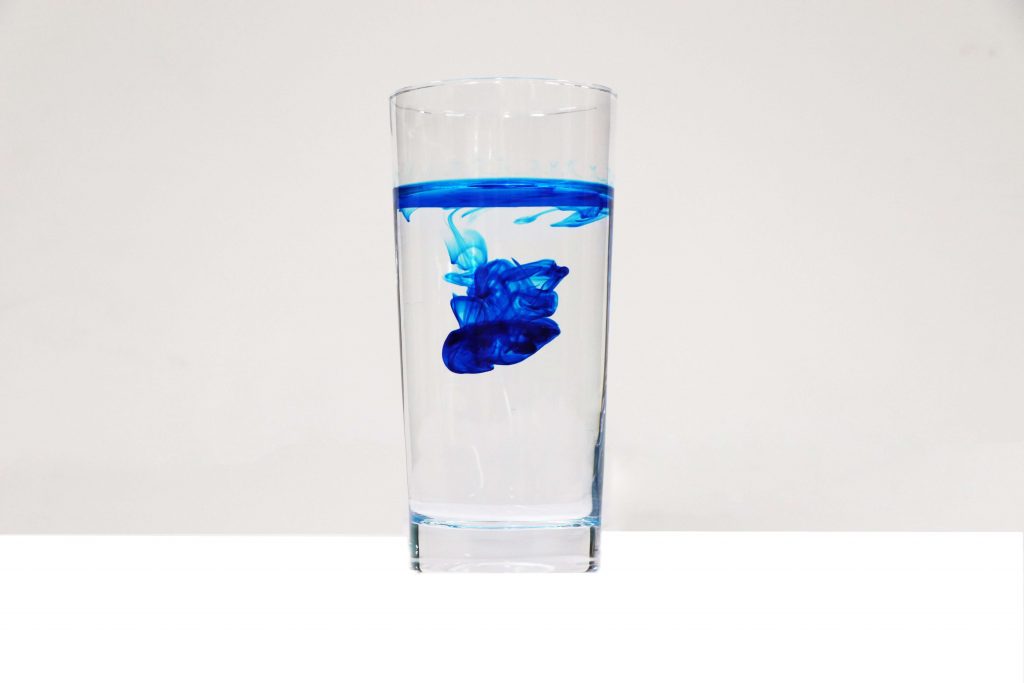UV printing is a digital printing method that uses ultraviolet (UV) light to cure inks, adhesives on paper, aluminum, foam board or acrylic – in fact, this technique can be used to print on almost anything.
The crux of how a UV printer works is that the ink is immediately exposed to direct ultraviolet light. Because it dries instantly, there is no problem with smudging or ink seepage. Ultimately, you get high quality prints that look fantastic. This is ideal if you’re printing documents, such as marketing materials, that need crisp detail.
UV printing and conventional printing are two fundamentally different processes.
Conventional printing requires the use of inks and solvents. The printer applies the inks to the material and then the solvents in the inks (often hazardous VOCs) evaporate into the air, leaving the print.
UV printing, on the other hand, uses inks that dry through a photomechanical process. The printer emits high-energy UV light toward the ink when it hits the material, drying it almost instantly. Therefore, UV printers can do better in situations where there is a shortage of ink.

There are many advantages of printing with the help of UV that make it a great option for business owners:

Is your company implementing green solutions? If so, UV printing may be the perfect option for you. It is definitely a more environmentally friendly alternative, as UV printing inks are not solvent-based and therefore do not harm the environment when they evaporate.
Companies that care about the environment are becoming extremely important to customers. With UV printing, you can show that your company is serious about the well-being of our planet while not sacrificing quality materials.
UV printing can give you an edge over your competitors. It is interesting to note that few companies actually use UV lighting in their business model. That being said, if you want to stand out, a UV printer can be a great choice.